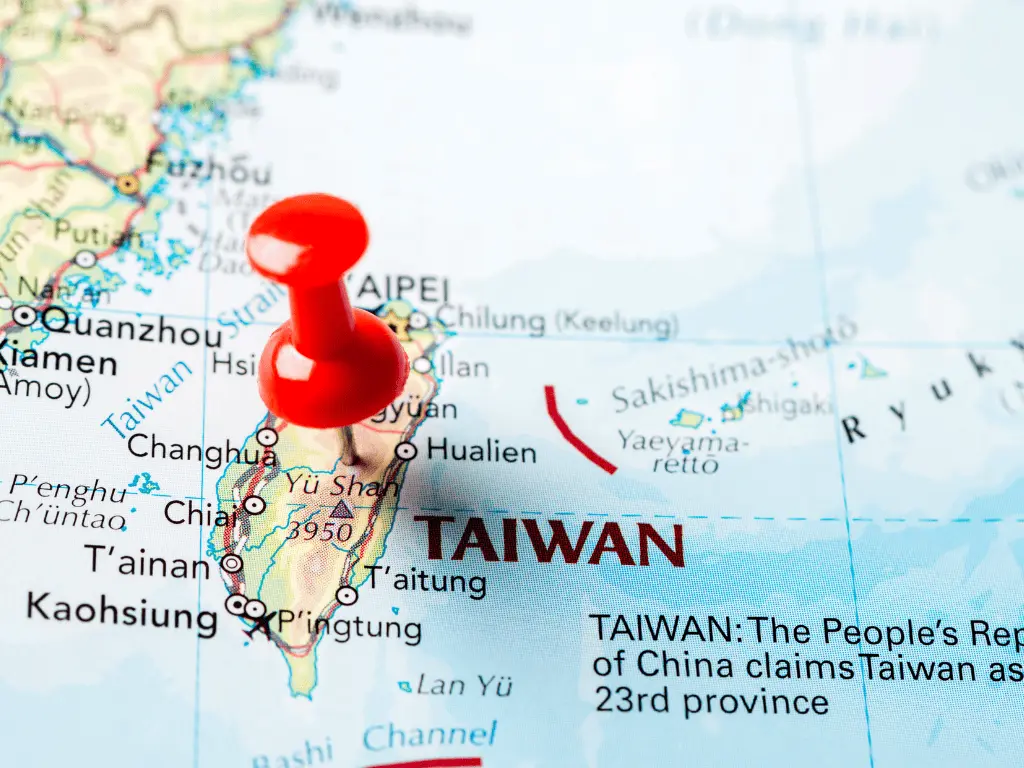- Home
- News Details
News Details

Taiwan EPA Plans to Regulate 269 PFAS Chemicals as Concerned Substances
2025-08-06 Reference source : EPA
Chemical inventory Stockholm Convention Polymers Taiwan
On 5 August 2025, Taiwan's Environmental Protection Administration (EPA) announced a draft plan to regulate 269 (per- and polyfluoroalkyl substances (PFAS) as Concerned Chemical Substances. These chemicals are widely used and can persist in the environment, posing potential risks to human health. Taiwan is following global trends to strengthen chemical safety management.
What are PFAS?
PFAS are a group of over 10,000 man-made chemicals used in various industries. Well-known examples include PFOS, PFOA, and PFHxS. The substances are already banned or restricted in Taiwan under the Stockholm Convention, due to their persistence and potential harm to people and the environment.
Why new controls?
Besides the already -regulated PFAS, many others remain in use in Taiwan. To prevent future risks, EPA reviewed which types of PFAS are used and how they are handled in Taiwan. The draft regulation aims to better control these chemicals using a tiered management system based on their risk level.
Proposed Regulatory Measures
The 269 PFAS substances will be grouped into 3 types:
Perfluoroalkyl acids (PFAAs), their precursors, and other PFAS
Polymers
Gases
For PFAAs and related compounds:
If the PFAA content is 0.1% or more, companies must :
apply for approval.
Keep monthly records and report quarterly.
Label the container and provide a safety data sheet (SDS).
For PFAS polymers or gases:
If the content is between 0.1% and 30% :
only labeling is required (no approval or reporting)
If the content is 30% or more :
approval, reporting, and labeling are all required (same as for PFAAs above)
Exceptions:
The regulation does not apply to PFAS used for testing, education, research, or analysis.
What’s next?
EPA will continue discussions with industry to support smooth implementation.
Companies will have a 2-year transition period after the regulation is officially announced.
Public comments are welcome within 30 days from the draft’s publication in the government gazette.
For more details, visit:
EPA News Website
Official Gazette (searchable after 3 days)
Send feedback to: yiting.chao@moenv.gov.tw
We acknowledge that the above information has been compiled from EPA.
Global Product Compliance (GPC) specializes in Global Regulatory Compliance Solutions across sectors
globally. SSS Europe, a familiar name in chemical regulatory and compliance services now formally belongs
under the umbrella of GPC Holding Sweden.
Since 2008, we have emerged as one of the leading names among Global Regulatory Compliance Service
Providers with Representation services in Europe, Asia and Middle East for respective chemical
regulations.


